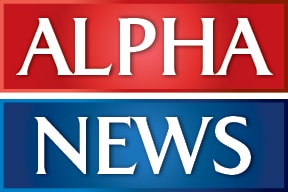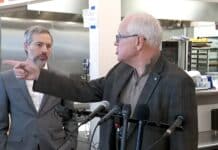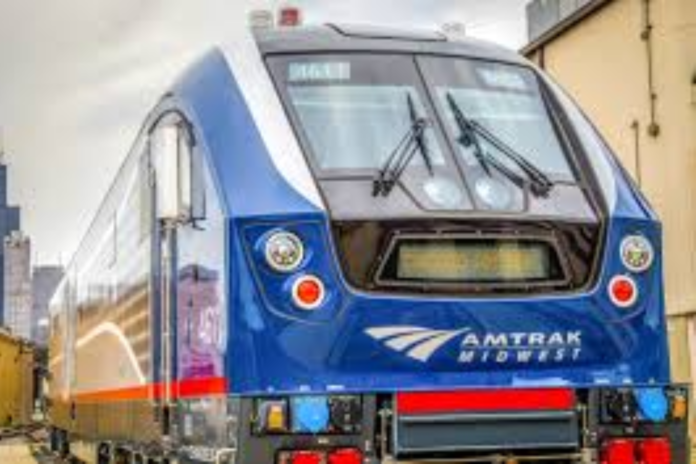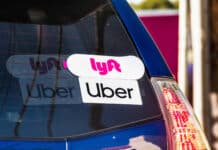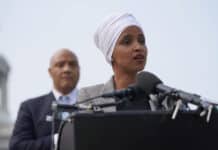For years backward-looking bureaucrats and local officials have sought to revive the failed passenger rail line between the Twin Cities and Duluth. But a legislative hearing in Duluth this week designed to rally support for the proposed Northern Lights Express instead exposed an utter lack of justification for the boondoggle.
The train offers no advantage over I-35, taking just as long to reach Duluth as going by car, roughly two and a half hours. Moreover, NLX would be operated by Amtrak, whose one line running through Minnesota–the Empire Builder–continues to lose riders and runs chronically behind schedule. Before anyone goes anywhere, Minnesota taxpayers would be required to ante up some $220 million for the state share of the $550 million estimated cost of upgrading the tracks and facilities.
RELATED: Are Minnesota Taxpayers Being Taken for a Ride by Amtrak?
Yet the Duluth News Tribune reports that advocates seem to think longevity in soliciting at the public trough alone qualifies NLX for $4 million in taxpayer funding for more engineering studies next legislative session.
Nearly every year this century, state Rep. Mary Murphy has brought forth a bill that would initiate funding and signal the return of commuter rail service between Duluth and Minneapolis.
And every year, she said Wednesday at the University of Minnesota Duluth, it’s gone nowhere.
During a field hearing of the state House of Representatives Transportation Finance and Policy Division, Murphy, DFL-Hermantown, gave another plea for funding during impassioned testimony about the importance of connecting communities.
“People want options; people need options,” she said, calling on her colleagues to “seize the moment” and start funding Northern Lights Express passenger rail service proposed between the Duluth Depot and Target Field in Minneapolis with stops in between, including Superior.
But there’s more reasons why NLX isn’t the ticket for taxpayers. Passengers would not come close to paying their own way through the expected $35 cost of a seat. Minnesota taxpayers would be billed an estimated $17 million per year to subsidize ticket sales, as well as Amtrak for operating the line.
An Amtrak official at the field hearing made it clear state taxpayers would indeed be stuck with a hefty annual subsidy, according to the Star Tribune.
“A subsidy would be required, but a subsidy is required for local transit, for a number of things — it’s up to you to decide whether that makes sense to the state,” Derrick James, Amtrak senior manager of government affairs, told legislators.
The subsidy discussion and other questions of how the $550 million project will be paid for — federal money is supposed to play a large part — are part of a long checklist facing the Northern Lights Express that puts it several years away from being operational even if everything goes according to plan.
The controversial national rail service has a reputation for gouging states for operating internal passenger lines like NLX, using the windfall to bolster its operations in the northeast. But the Walz administration appears determined to take Minnesotans back to 1985, down the same tracks that led to the closure of Amtrak’s last passenger line to Duluth, the Northstar.
_______
This article was originally published by The Center of the American Experiment

